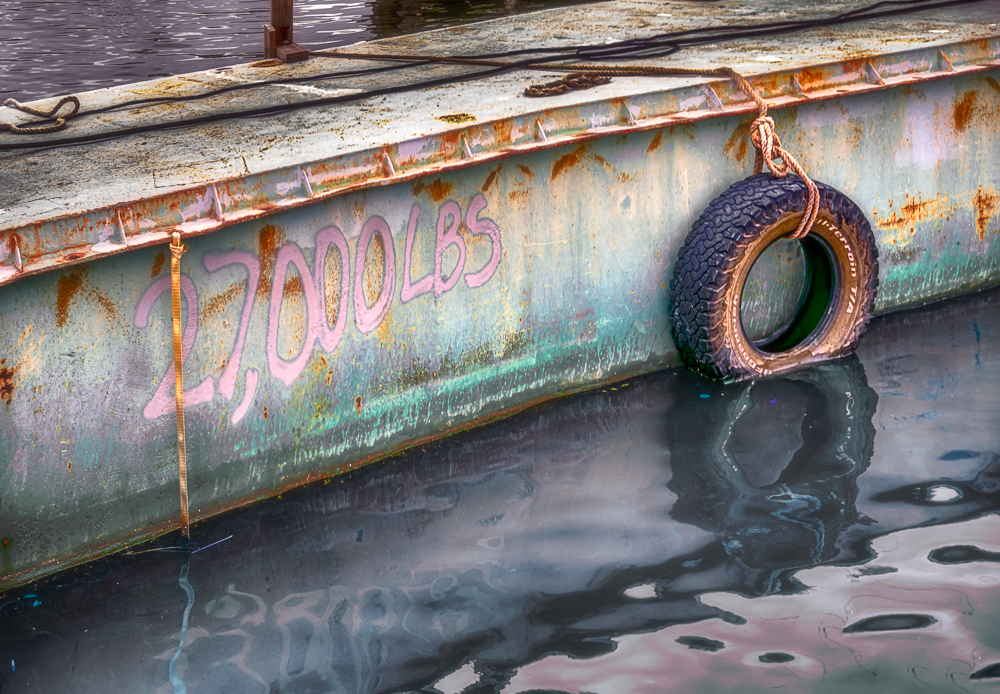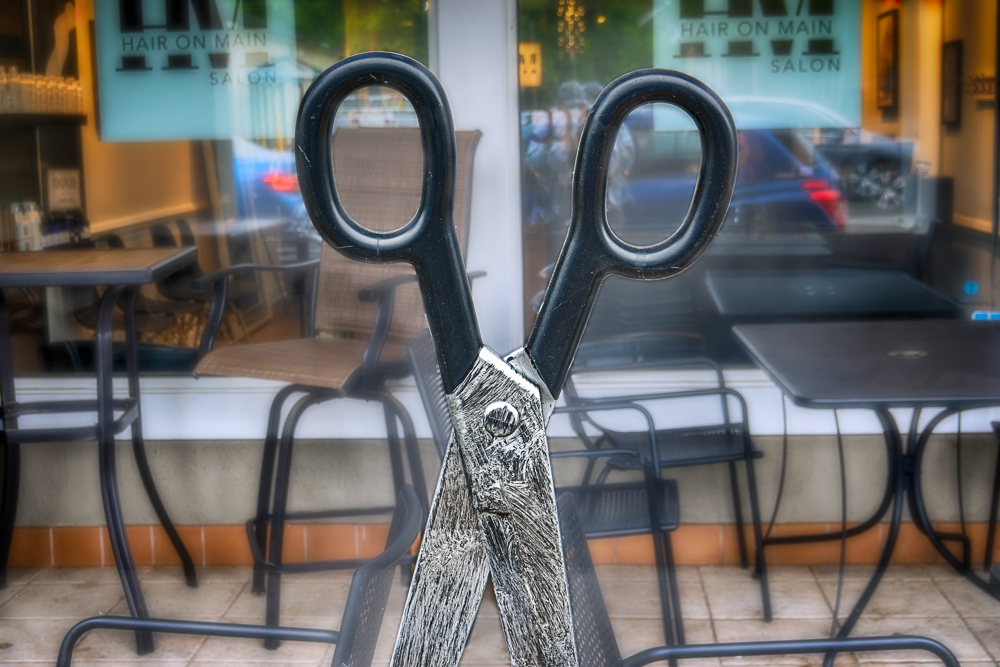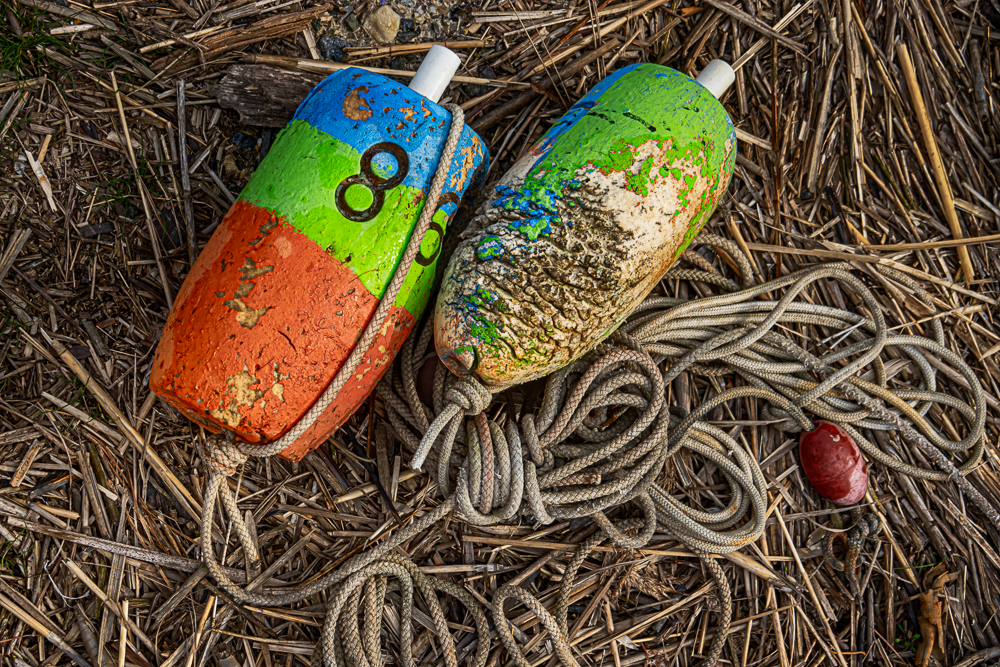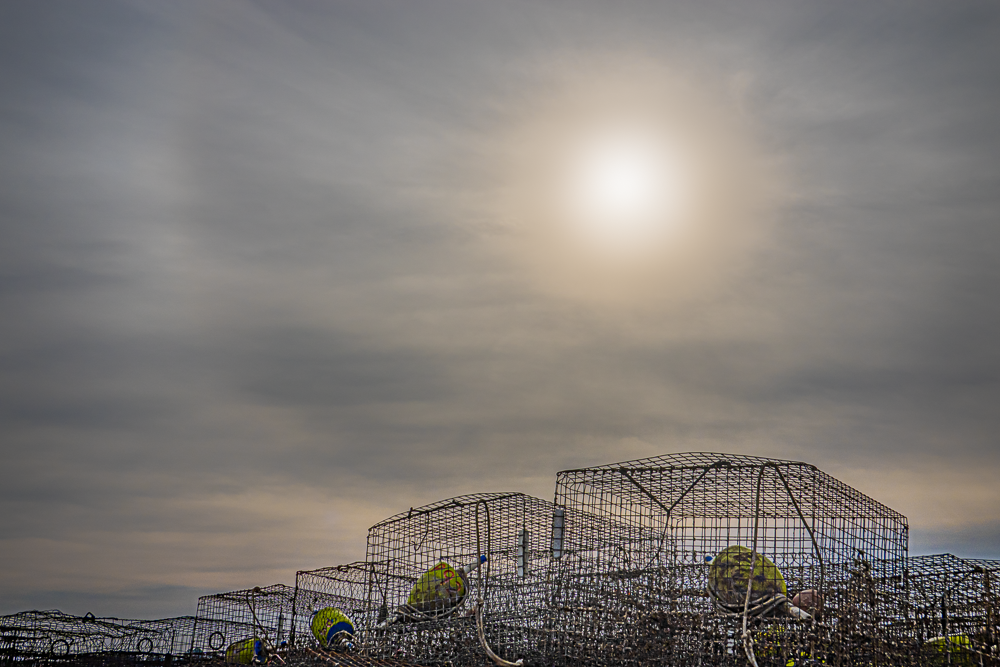Purpose Dependent
Technical requirements
Indissolubly material
Rules of unity

Structural elements characterize an increasing amount of abstraction as form overtakes function.
“The aesthetic object is defined both by what it wishes to be and by what it refuses to be.” – Mikel Dufrenne









